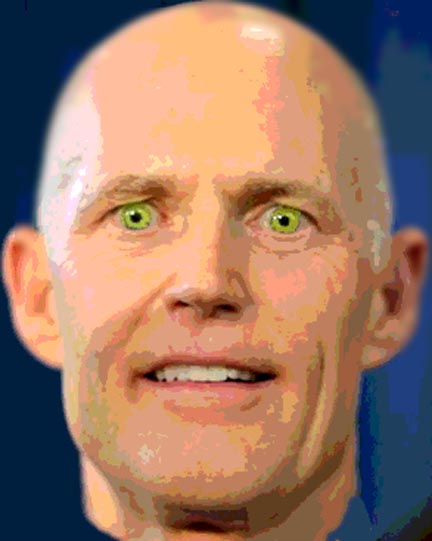I'm visiting Jacksonville for the holidays. My parents still call this place home, and I am proud to still call it my original home. Saturday, we took a nice walk down the Northbank
RiverWalk to the
Jacksonville Landing and around downtown and back. I always enjoy seeing the little (and big) changes that take place when I am away. It's been a year now since I've been home, and plenty of things have changed, a new mayor is in office, and I am seeing things successfully implemented in other cities being tried out here in Jax. Below are some photos of some neat new features I saw on the RiverWalk and around downtown since I've been home
 |
| Some beautiful new sculpture at a RiverWalk node adjacent to Haskell and the YMCA |
 |
| Landscaping along Northbank RiverWalk |
Permeable tree root covers along Laura Street! This is probably my most favorite thing that I saw. I completely nerded out when I saw these...
Excellent new, appropriately styled, and functional monuments and directional signage. Love it.
 |
| The LauraSt/Water St roundabout looks to be finally completed and with softer brick on the road area. There were lots of complaints, when originally installed, that the brick was too rough for drivers. To be fair, it really was rough and even unsafe when pedestrians walked on it. It is now still rough enough to make cars slow, but safer for pedestrians. |
Though Jacksonville's core, like most city's, is far from where it should be, there is progress being made. I am so grateful to see new changes when I come home, even the minor ones. The downtown is certainly still lacking. There are still a number of historic buildings still completely gutted inside (see below photos) that would make beautiful lofts or trendy apartments. Huge vacant lots, only filled with parked cars or Jazz Festival stages during special events, scatter downtown leaving an uneven pedestrian scale and feeling of emptiness. Attracting life downtown is unquestionably the biggest challenge for Downtown Jacksonville and the organizations like
Downtown Vision, Inc. that support it.



Recruiting a developer into the core to refurbish one of the historic buildings placing a grocery store and other retail with lofts and residential units above would change the future of downtown. A grocery store in the center core is what is lacking, and I think that would only spark a better future. There may be something in the works that I am unaware of, but I believe that is what would have the greatest impact.
I believe that a downtown can call itself successful when sidewalks are filled with people on a weekend day without a special event. Until then, the sidewalks of Downtown Jax will remain empty with plenty of room to take in the beautiful views of the scenic St. Johns.
















